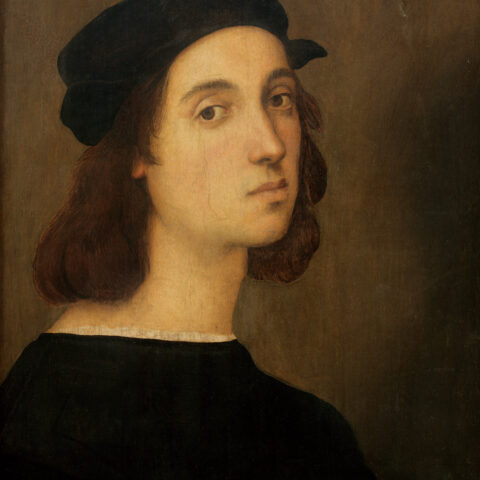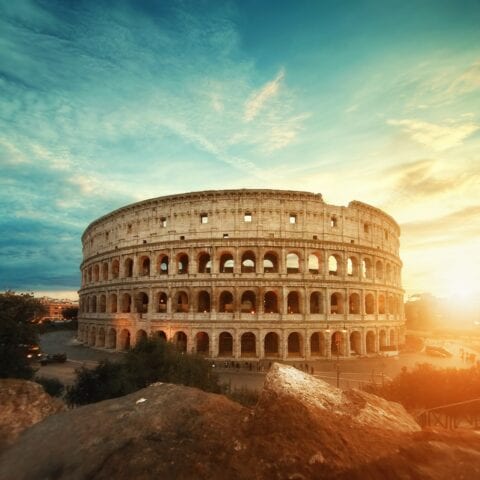The nativity scenes are a tradition in Italy. Presepio, as they are called, was believed to have been the idea of St Francis of Assisi in 1223. Presepio means crib or manger. It is said that he built a replica of the manger scene to help tell the story of the birth of the Baby Jesus to the people that could not read and who had never heard the story. The villagers would climb to the scene in Greccio, Assisi, in a torch-lit procession and it continues to this day. Eventually, the idea spread across the whole of Italy.

The nativity scenes are created differently from place to place. Some our living scenes with real people, some are life-size statues and others are small figures made from wood, terracotta or other materials… even food!
In Rome, most of the Churches have their own presepi. Some of the scenes and figures have been used for centuries and are quite old and valuable. There are large outdoor nativity scenes in Rome, at the Spanish Steps, Piazzale del Popolo and St Peter’s Square.
Naples is well known for its nativity scenes, and also for having the most elaborate presepi! The figures are usually made of wood and the clothes are made of Satin.

The street Via San Gregorio Armeno in central Naples is filled with displays and stalls that sell nativity scenes and figures all year around.

Starting on the 8th December, Italian families set up their own presepi in their homes. The Baby Jesus is only placed in the crib on Christmas Eve. The scenes usually stay up until Epiphany on 6th December with La Befana.
If you want to see more presepi, the Museo Nazionale di San Martino in Naples is your answer. A former monestary, it holds over 160 characters, 80 animals, 28 angels and over 400 miniatures!









Leave a Reply